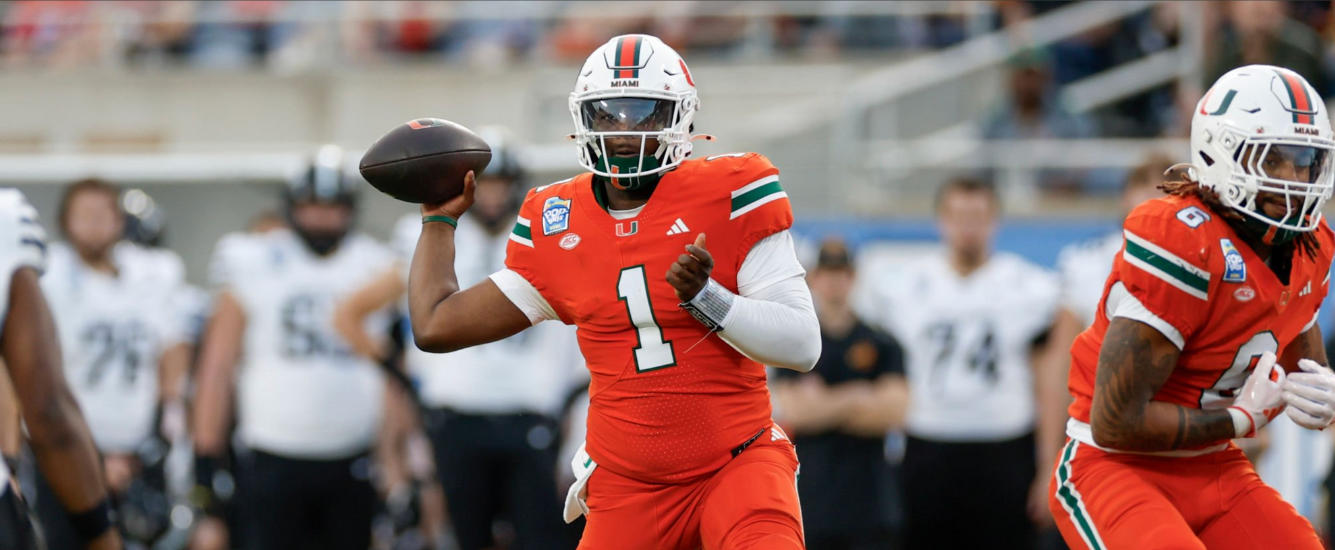Last time, we looked at small gap running backs on two teams with a dominant veteran and potential breakouts to identify undervalued players based on their ADP. Today we’ll cover two more small gap running backs, including a veteran and a younger option. The idea of small gap and big gap RBs comes from Jack Miller’s research on the win and hit rates for big or small gap backs, and from similar research by Charlie Kleinheksel before that.
First, let’s define our terms: B1 and B2 running backs refer to a team’s RB1 and RB2 in backfields where there is an ADP gap of 98.5 or more. Those in backfields with a smaller gap between the RB1 and RB2 are referred to as S1 and S2, respectively.
Historically, B1 and S2 backs have produced the best win rates, but at very different costs. B2 backs have produced average win rates, while S1 backs have historically been the worst performers. Today we’ll focus on small gap backfields that might provide an edge in our fantasy drafts. Although early, we’ll use the FFPC Redraft ADP and identify small-gap running backs.
The ADP market has become more efficient, presenting opportunities to find value at running backs later. Often we’ll discover team backfields with uncertainties, suggesting the market is torn on the talent or opportunity. Let’s look at two small gap backfields to determine which ones to target.
The Bengals’ Backfield
Over the past six seasons, Joe Mixon ranked in the top 10 in EP/G in five seasons, with the sixth season as RB13 in 2019. Since 2018, only Derrick Henry (1,895), Ezekiel Elliott (1,873), Alvin Kamara (1,735), and Christian McCaffrey (1,698) have more total opportunities than Mixon (1,692). We provide that context because it shows Mixon’s high workload as the Bengals’ lead back, soaking up opportunities as a rusher and receiver.

Zack Moss (RB28 – 92.6 ADP)
Can Zack Moss or Chase Brown fill Mixon’s shoes? Probably not, and we will likely get a mixture of both running backs. Moss is coming off a career-best season in Year 4, ranking 27th in PPR/G and 28th in EP/G when Jonathan Taylor missed time. He factored into the Colts’ game plan when Taylor was healthy but produced more without Taylor, as expected.

Moss looked explosive while fighting for yards after contact, with a 2.6 YAC/Att and evading tacklers 17% of the time in 2023. He matched Taylor in evasion rate (16%), but Taylor bested Moss in YAC/Att at 3.1. It doesn’t look like 2023 was an outlier for Moss since he averaged 3.1 YAC/Att with a 16% evasion rate in 2022 and a 17% evasion rate in 2021.
However, Moss hasn’t been involved much in the receiving game, with a career-high target share of 8% and 37 targets in 2023. For context, the Bengals ranked 21st in running back target share at 19.4% last season. We might see a slight decline in running back targets if Moss and Brown can’t garner receiving looks.
The Bengals went from investing the fifth-most money into the running back position in 2023 to 23rd in 2024. Moss profiles like an early-down grinder who fights for extra yards after contact. However, chasing a running back after a career-best season in Year 4 is usually a losing bet.















